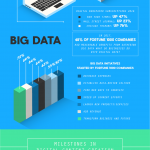Everlane’s Quest To Make The World’s Most Sustainable Denim
“Denim is a really dirty business,” says Michael Preysman, founder and CEO of Everlane, an online clothing retailer known for transparency in pricing and manufacturing processes.
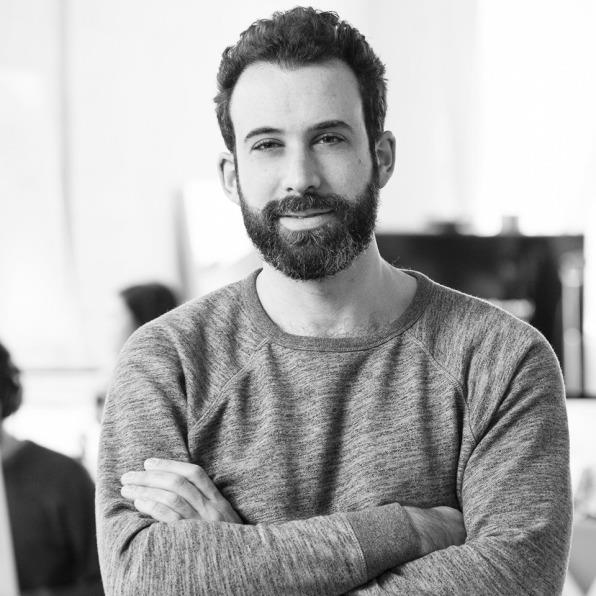
The dark side of denim manufacturing has been on Preysman’s mind over the last few months. He’s been delving into the global supply chain to find a way to make denim as sustainable as possible. It hasn’t been easy, but after visiting thousands of factories around the world–and stumbling on an enlightened factory owner–Everlane is launching its first-ever line of jeans on September 7.
The fashion industry is among the most polluting in the world, but making denim–a $60 billion global market–is particularly terrible for the environment because it pollutes the water. On average, it can take up to 10,000 liters of water to make a single pair of jeans. In most factories, the majority of untreated waste water–full of dyes and other chemicals–goes back into rivers and the ocean.
During the denim production process, cotton is dyed with indigo until it is a midnight blue color. In the factory, the indigo is then washed and rewashed until it reaches the desired color. “I think what most people don’t realize is that a light pair of denim jeans started out as a really dark denim,” Preysman says. “They had to take regular cotton, make it really dark blue, then wash it all out to get back the light color.”
In Xintang and Gurao, cities in China that are hubs of global denim manufacturing, the water and soil is now dangerously polluted. Greenpeace found five heavy metals (cadmium, chromium, mercury, lead, and copper) in 17 out of 21 water and sediment samples in these regions. In one area, the amount of cadmium exceeded China’s national limit by 128 times. Locals in this region have higher levels of reproductive and fertility problems than the national average, and many die of chemical poisoning.
Global waterways are being devastated from textile & tannery manufacturing. Join us at @RiverBlueMovie to discuss: https://t.co/BHKiY4Xb2B pic.twitter.com/BLQVeAFc0d
— BF+DA (@BKaccelerator) March 7, 2017
Preysman founded Everlane in 2011, but it took him a full seven years to get into denim, largely because he struggled to locate a sustainable factory. Brands like Levi’s have been trying to find ways to make its supply chain less polluting by equipping factories with better technology. Everlane, which is relatively small by comparison, had less power to force a factory to alter its existing practices to become more sustainable. The company needed to find an enlightened factory owner who shared Everlane’s values and was already working toward sustainability.
Last year, Preysman met Sanjeev Bahl, the founder of the Saitex factory in the Ð?ng Nai Province of Vietnam. Earlier in his career, Bahl connected brands with denim factories, but when he saw firsthand the damage that the denim industry was causing to the environment, he decided to open the denim factory of his dreams. He chose to set up shop in Vietnam, which is attracting more denim manufacturing because the cost of labor is low and there is already infrastructure in place for making jeans. Saitex currently employs 4,300 people.
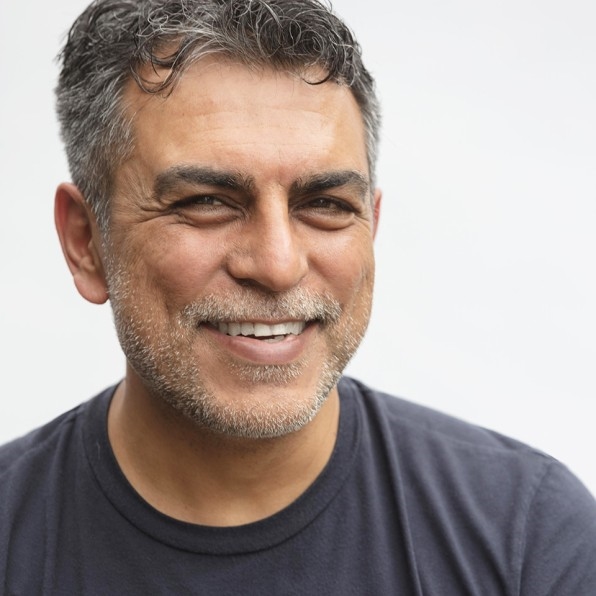
“It was hard finding an owner who is committed to clean manufacturing,” Preysman says. “Most factory owners keep to the minimum standard. But Sanjiv, who is Buddhist, believes in leaving the world a better place than it is.”
Bahl has made the factory as sustainable as possible, with solar panels and fountains that harvest rainwater. He’s also incorporated technology that mitigates the most polluting aspects of the denim-making process. The factory is constantly trying to reduce the amount of water required to make a single pair of jeans. It currently recycles 98% of its water. Massive reverse osmosis machines filter the indigo- and chemical-polluted water through a membrane, leaving clean water behind. Soon, Saitex hopes to build a facility to grow crops on the property using this clean water.
“The water that comes out of it is actually drinkable,” Preysman says. “I have tried it myself.”
When the clean water is extracted from the polluted liquid, what is left is a thick by-product that has the consistency of cake batter. Saitex combines this material with cement to create bricks that are used to create homes for people in need. Saitex is now working with other factories in the area to process their waste, which could develop into a new revenue stream.
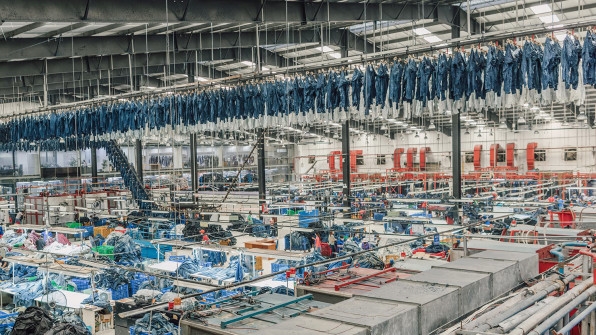
For Everlane, launching denim is a big step. “Denim is key to the American uniform, and we’re very much about building uniforms here,” Preysman says. “We started with a plain white T-shirt, and in some ways, we’re completing the uniform with denim.”
But Preysman believes that sustainability can’t end at the factory. It has to extend to how the consumer uses the product. Together with his design team, he’s worked to create a pair of classic jeans that will outlive trends and will not easily wear out. Through consumer research, Everlane discovered that its customers are interested in buying denim that is heavier in weight, much like vintage Levi’s and Lee products. They also wanted a bit of stretch, which gives jeans their modern silhouette. Everlane’s design team worked to create jeans that fit this description.
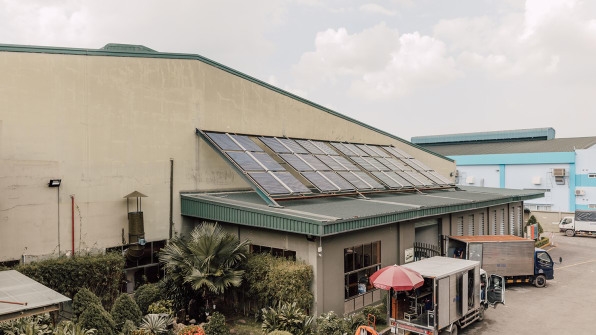
Preysman wanted to create jeans that return to their original shape after every wear, so that the customer doesn’t need to wash them as frequently as they probably do now. This required finding the right combination of high-quality cotton and a tight weave, resulting in a heavy, compact material. “One of the reasons that people wash their denim is because it bags out, and they want to get that tight fit again,” he says. “They throw it in the wash on hot. We were focused on finding a denim that doesn’t have that problem.”
Since it launched, Everlane has grown quickly. It recorded $50 million in revenue in 2015, which then doubled in 2016. Preysman says that one benefit of this growth is that it will increasingly have the power to dictate how the factories it works with operate. “We wanted to make denim from the beginning,” he says. “Now, we can find the right partner, and this partner is also interested in us. You’re going to see a lot more of this as we scale.”
Fast Company , Read Full Story
(65)











